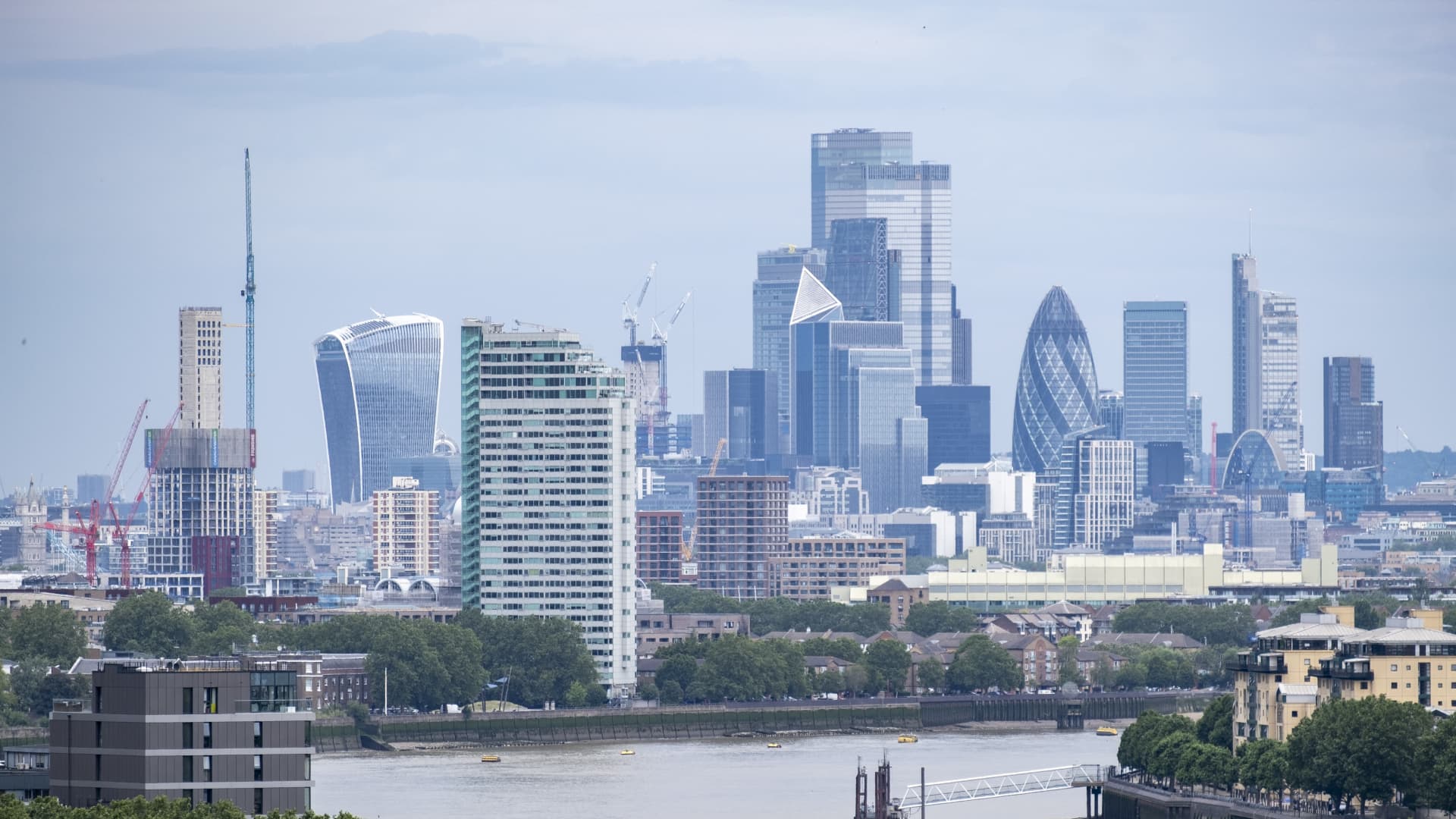The Federal Aviation Administration is investigating claims by a Boeing engineer who says parts of the 787 Dreamliner’s fuselage are not properly connected and could break apart mid-flight after thousands of flights.
Engineer Sam Salehpour, who worked on the plane, detailed his allegations in interviews with The New York Times and in documents sent to the FAA. A spokesman for the agency confirmed it was investigating the allegations but declined to comment.
Mr. Salehpour, who has worked at Boeing for more than a decade, said the problems stemmed from changes in the way the huge sections were assembled and secured on the assembly line. The plane’s fuselage is made up of several parts, all from different manufacturers, and they don’t have exactly the same shape where they fit together, he said.
Boeing acknowledged that these manufacturing changes were made, but a company spokesman, Paul Lewis, said there was “no impact on the durability or safe longevity of the airframe.”
Mr. Lewis said Boeing had conducted extensive testing of the Dreamliner and “concluded that this was not an immediate aviation safety issue.”
“Our engineers are conducting complex analyzes to determine whether there is a long-term fatigue issue for the fleet in any area of the aircraft,” Lewis said. “This would not be an issue for the operating fleet for many years, if ever, and we are not rushing the team so we can ensure the analysis is comprehensive.”
In a subsequent statement, Boeing said it was “completely confident in the 787 Dreamliner,” adding that “these claims about the structural integrity of the 787 are inaccurate and do not reflect the extensive work Boeing has done to ensure the quality and performance of the 787.” To ensure long-term safety of the aircraft.”
Mr. Salehpour’s allegations are another element of the intense scrutiny Boeing has faced since a door panel on a 737 Max jet was blown off during an Alaska Airlines flight in early January, raising questions about the company’s manufacturing practices. Since then, the aircraft maker has announced a change in leadership and the Justice Department has launched a criminal investigation.
Mr. Salehpour’s concerns are expected to be raised on Capitol Hill. Senator Richard Blumenthal, Democrat of Connecticut and chairman of the investigative subcommittee of the Senate Homeland Security and Governmental Affairs Committee, plans to hold a hearing with Mr. Salehpour on April 17. Mr. Blumenthal said he wanted the public to hear firsthand from the engineer.
“Repeated, shocking allegations about Boeing’s manufacturing deficiencies point to an appalling lack of safety culture and practices that prioritizes profit over all else,” Blumenthal said in a statement.
The Dreamliner is a wide-body jet that is more fuel efficient than many other long-haul aircraft due, among other things, to its lightweight composite construction. The twin-aisle aircraft, first delivered in 2011, has brought Boeing both orders and headaches.
For years, the plane maker has dealt with a number of issues related to the jet, including battery problems that led to the temporary grounding of 787 planes worldwide and quality concerns that recently led to a lengthy delivery halt.
Boeing has also faced a number of problems at its South Carolina plant, where the Dreamliner is built. John Barnett, a prominent Boeing whistleblower who raised concerns about manufacturing practices at the plant, was found dead last month of an apparent self-inflicted gunshot wound.
The Dreamliner was a pioneer in using large amounts of so-called composite materials instead of traditional metal to build the plane, including large parts like the fuselage, as the plane’s body is called. Composites are often made by combining materials such as carbon and glass fibers and are lighter than metals. However, because these materials are relatively newer, less is known about how they will withstand the long-term stresses of flight. These stresses result in what engineers call fatigue, which can compromise safety if it causes the material to fail.
Mr. Salehpour said he was repeatedly retaliated against for raising concerns about the shortcuts he said Boeing took when putting together the pieces of the Dreamliner fuselage.
Debra S. Katz, an attorney for Mr. Salehpour, said that her client raised his concerns with supervisors and tried to discuss them in safety meetings, but that company officials did not listen. Instead, she said, Mr. Salehpour was silenced and reassigned to work on another wide-body aircraft, the 777. Mr. Salehpour said that after his transfer, he discovered additional problems with Boeing’s assembly of the 777’s fuselage.
“This is the culture that Boeing has allowed to happen,” Ms. Katz said. “This is a culture that prioritizes the production of aircraft and pushes them off the assembly line, even when there are serious concerns about the structural integrity of these aircraft and their production process.”
In its statement, Boeing said it encourages its workers to “speak up when issues arise” and that retaliation is “strictly prohibited.”
The FAA interviewed Mr. Salehpour on Friday, Ms. Katz said. In response to questions about the Dreamliner, Mike Whitaker, the agency’s administrator, reiterated that the regulator was taking a hard line on Boeing following the Alaska Airlines incident.
“It will not be business as usual for Boeing,” Whitaker said in a statement. “They must commit to real and profound improvements. Achieving fundamental change will require sustained effort from Boeing leadership, and we will hold them accountable every step of the way.”
Mr. Salehpour said the shortcuts he believed Boeing took resulted in excessive force being used to close unwanted gaps in the Dreamliner fuselage’s connectors. He said the force causes deformation of the composite, which he said can increase the effects of fatigue and lead to premature failure of the composite.
John Cox, a former airline pilot who runs a safety consulting firm, said that while composites resist excessive force better than metals, it is harder to detect that composites are under so much stress that they will fail. “They just snap,” he said.
“Catastrophic in-flight separation, yes, that is a theoretical possibility,” Mr. Cox said. “That’s why you should get the tests done to rule that out.”
Boeing’s testing was an appropriate step, Mr. Cox said, because “if the degradation goes far enough, it could potentially lead to a catastrophic failure.”
Kitty Bennett contributed to the research.
Source link
2024-04-09 22:30:09
www.nytimes.com















